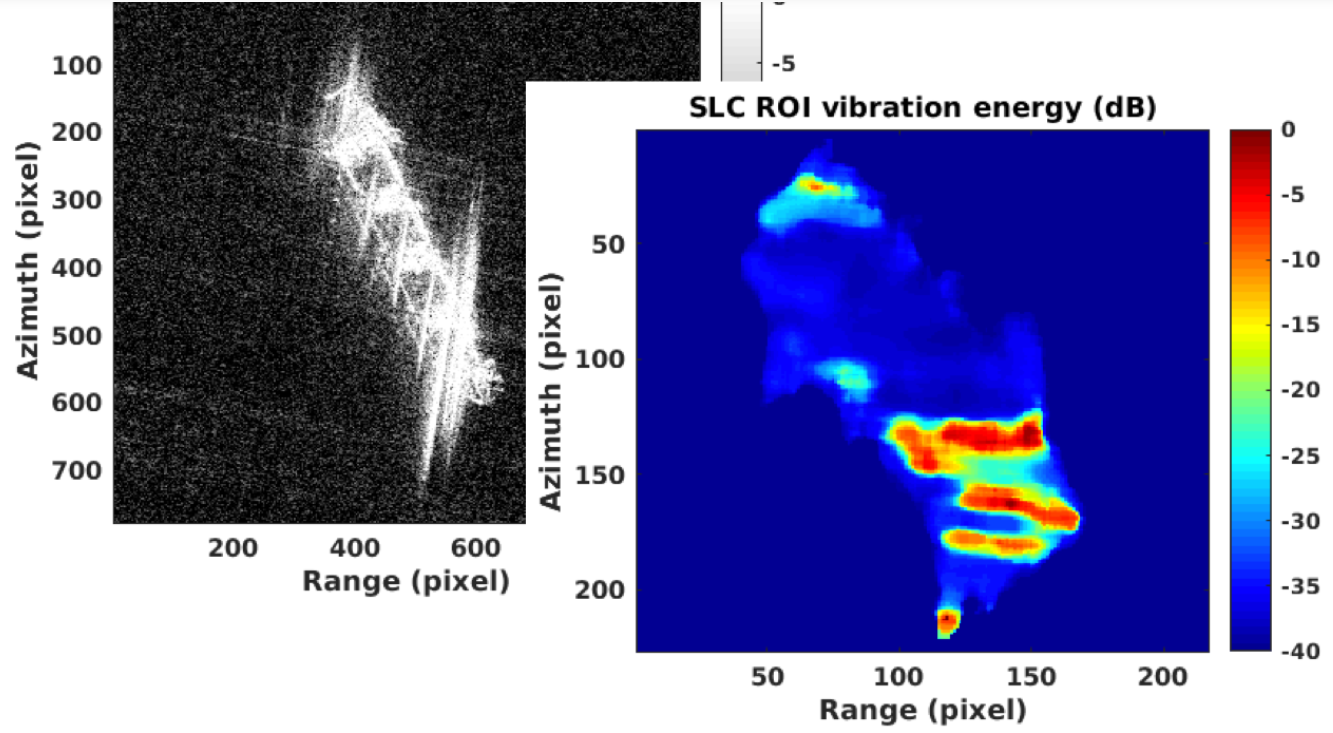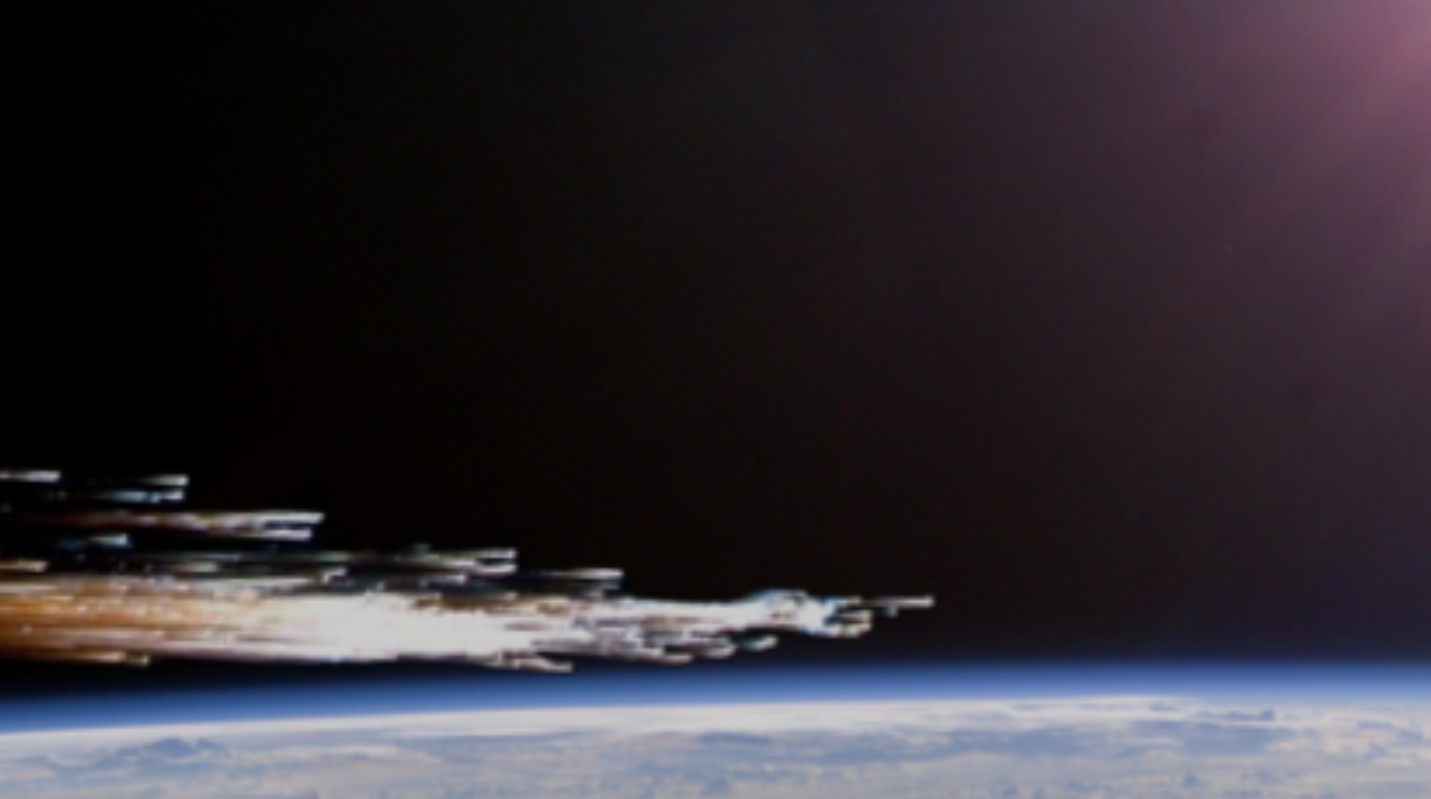Implemented OSIP ideas — March 2020
ESA's Open Space Innovation Platform (OSIP) seeks novel ideas for new space research activities. Campaigns and Channels invite solutions to specific problems or ideas on more general topics, with the Open Discovery Ideas Channel specifically looking for ideas that could be implemented as system studies, early technology developments, or PhD or postdoc research co-funded by ESA and a university. In March 2020, the following ideas were implemented through the Open Discovery Ideas Channel:
| System Development for an Innovative Regolith Excavation and Beneficiation Device in Support of Lunar In-situ Resource Utilisation (ISRU) University of Manchester The possibility to reliably and efficiently excavate lunar regolith and the subsequent removal of unwanted materials within the regolith is the first step towards In-Situ Resource Utilisation (ISRU) and sustained human presence on the Moon. A multi-disciplinary team at the University of Manchester is developing a system to gather and purify material in support of future lunar resource prospecting and utilisation. |
 |
 |
Bounded Stability of Motions Around Minor Bodies University of Strathclyde The exploration of minor bodies has attracted lots of attention, in terms of the scientific and resource value, as well as in terms of human safety concerns. One challenge for designing a mission to explore such a body is to identify the stable motion of spacecraft in a highly perturbed and uncertain dynamical environment. This study will seek to address this challenge. |
| Advanced Nanozymes for Antioxidant Therapy Fondazione Istituto Italiano di Tecnologia Cosmic radiation causes reactive forms of oxygen to build up in the body which can result in premature aging and degenerative diseases. This project aims to develop new antioxidant drugs to counteract such oxidative stress problems during space missions. It will be primarily based on the exploitation of advanced antioxidant nanozymes. |
 |
 |
Advanced Maritime Targets Recognition from SAR Images Exploiting Target's Micro-Motions and Artificial Intelligence University of Strathclyde Synthetic Aperture Radar (SAR) is a powerful sensor able to gather information about Earth's surface under any light conditions and independent of cloud coverage. This means SAR images can be acquired anytime and from anywhere using a spaceborne platform to carry a sensor. This study will develop a framework to automatically detect and recognise maritime targets using SAR images. |
| Multi-Disciplinary Modelling of the Aerothermodynamically-Induced Fragmentation of Re-Entering Bodies University of Strathclyde Addressing the risk that comes with atmospheric re-entry of space debris is becoming more pressing due to the increasing number of orbiting objects and the consequent higher frequency of re-entry. This study will explore whether we can reduce the uncertainty in the re-entry and demise of space objects by accurately modelling the few instants before and after break-up, as well as questioning how the break-up process affects the evolution of the fragments. |
 |

